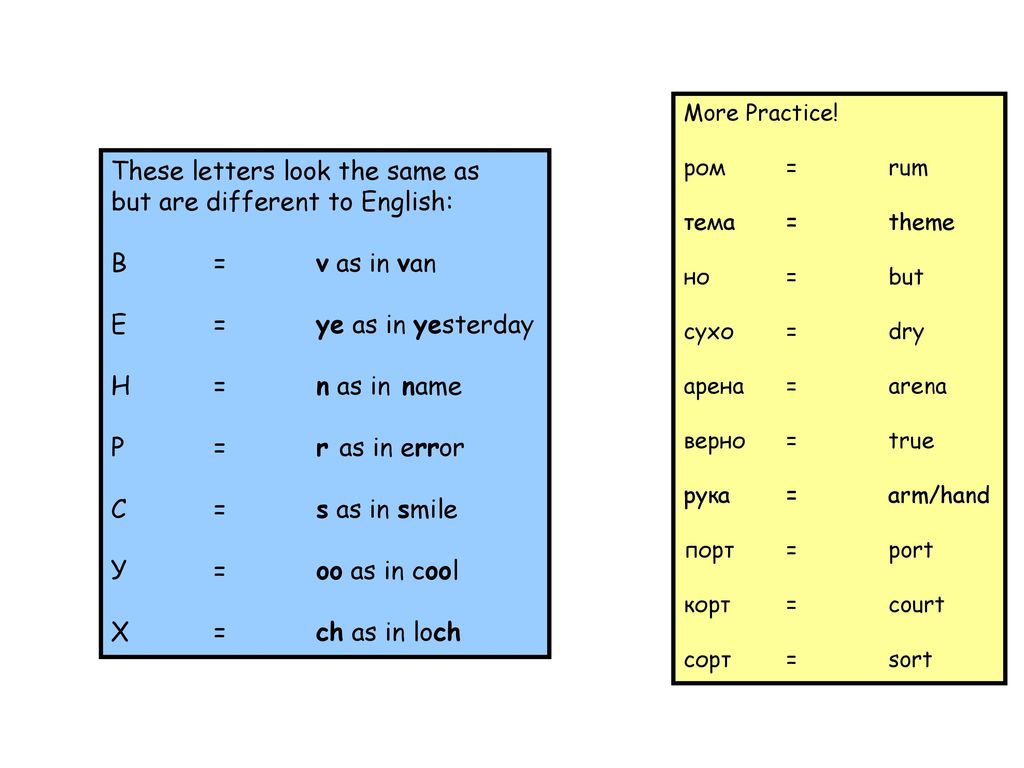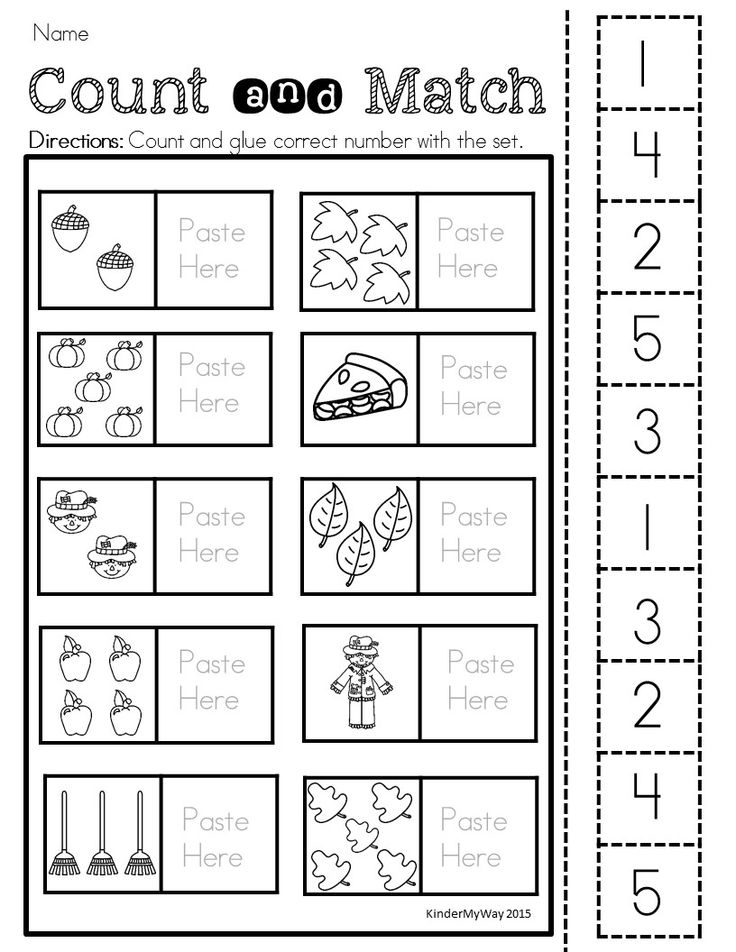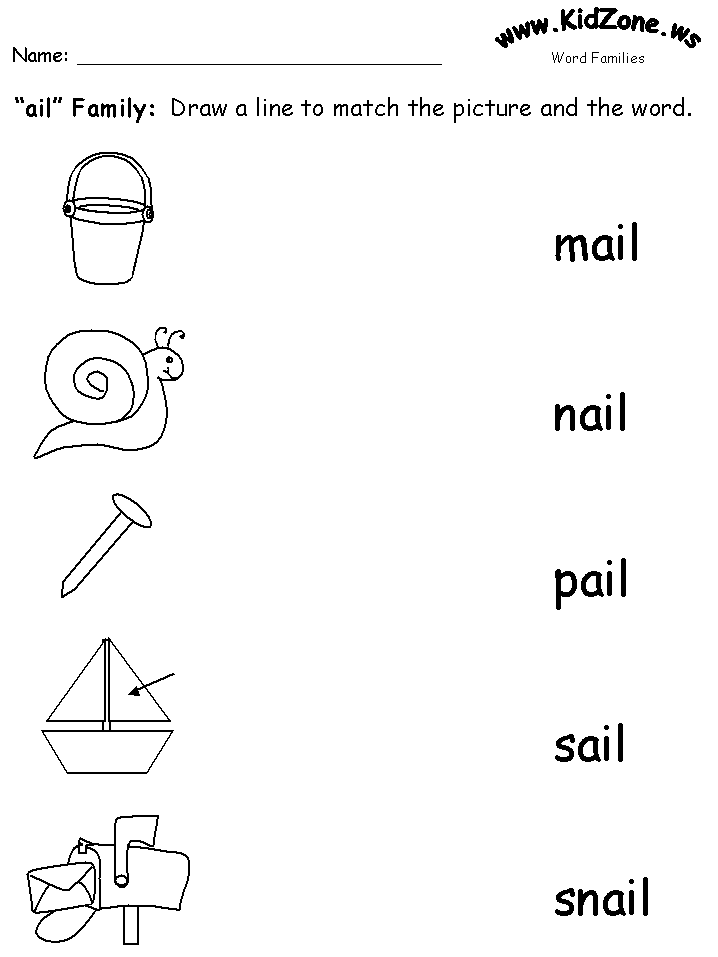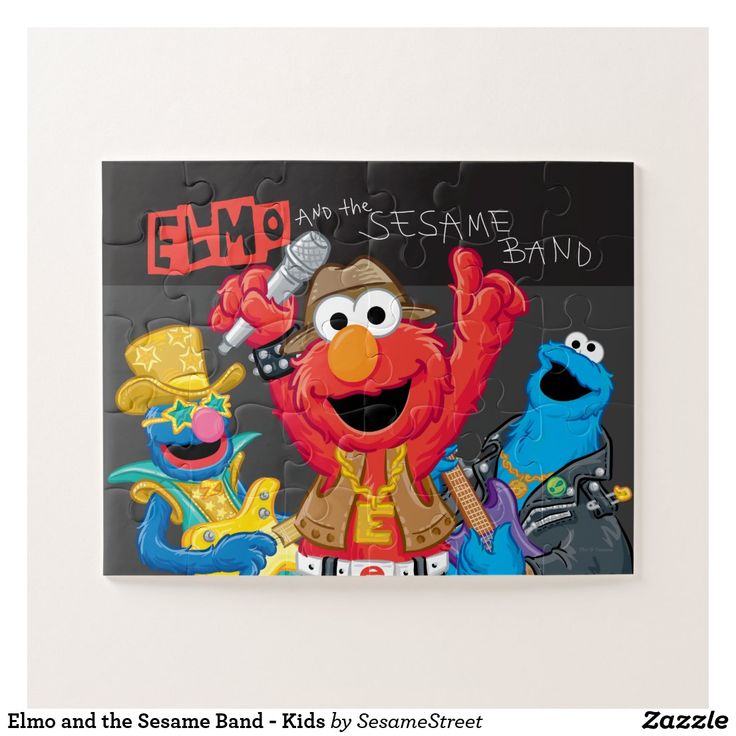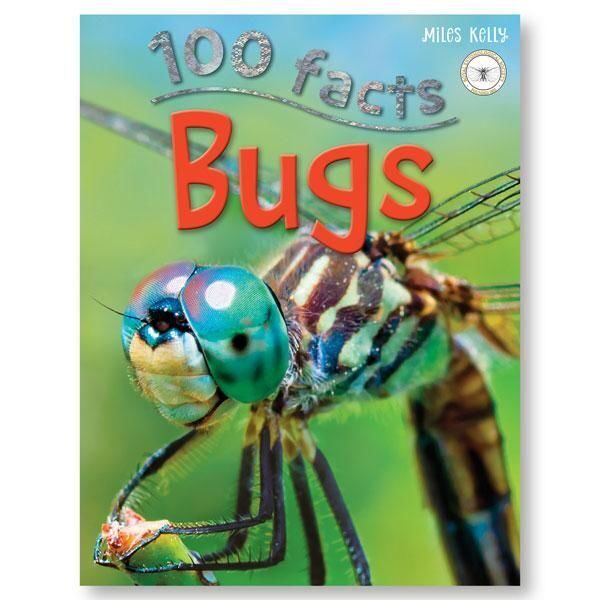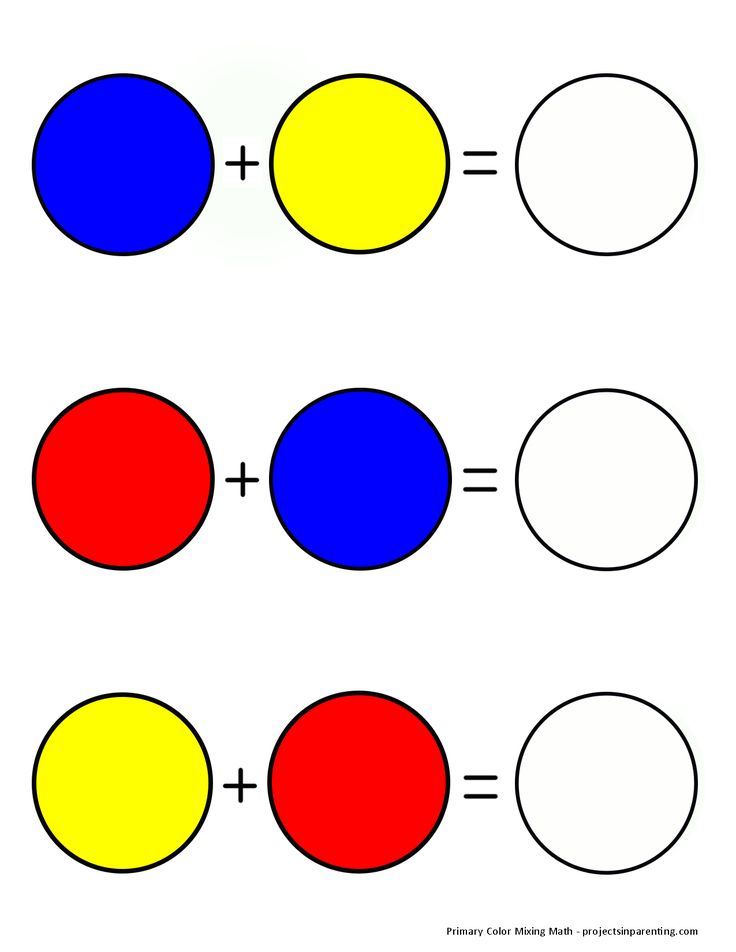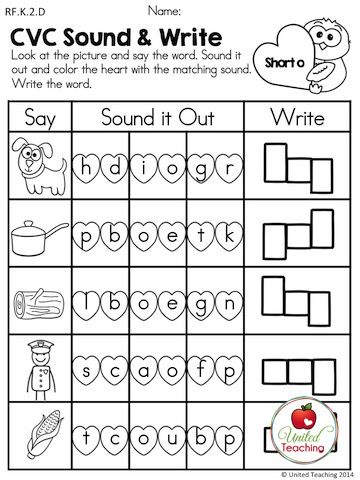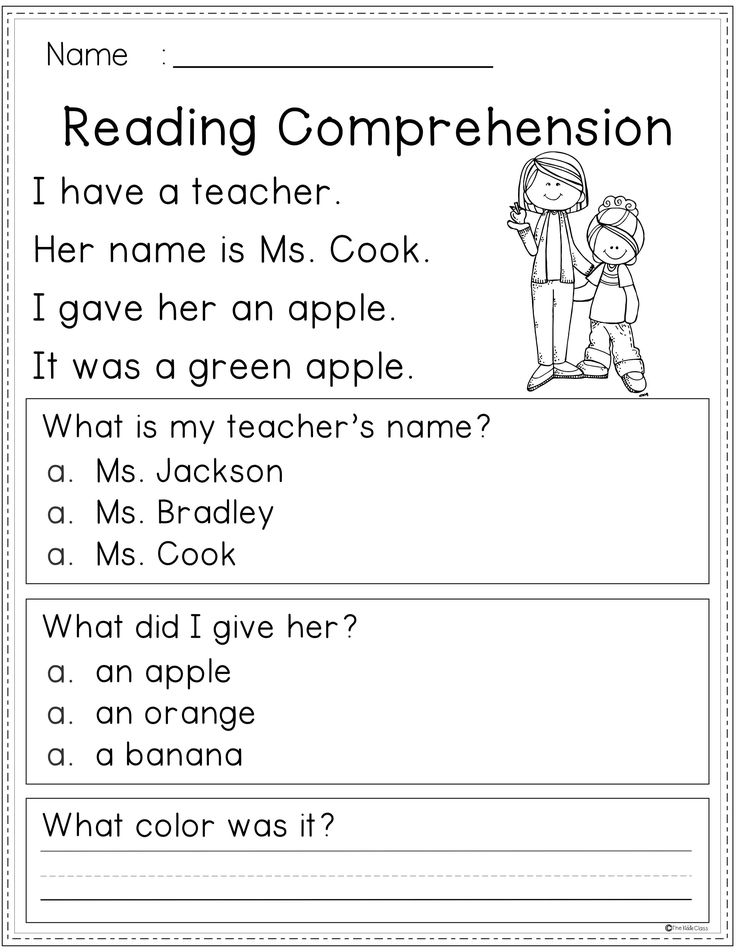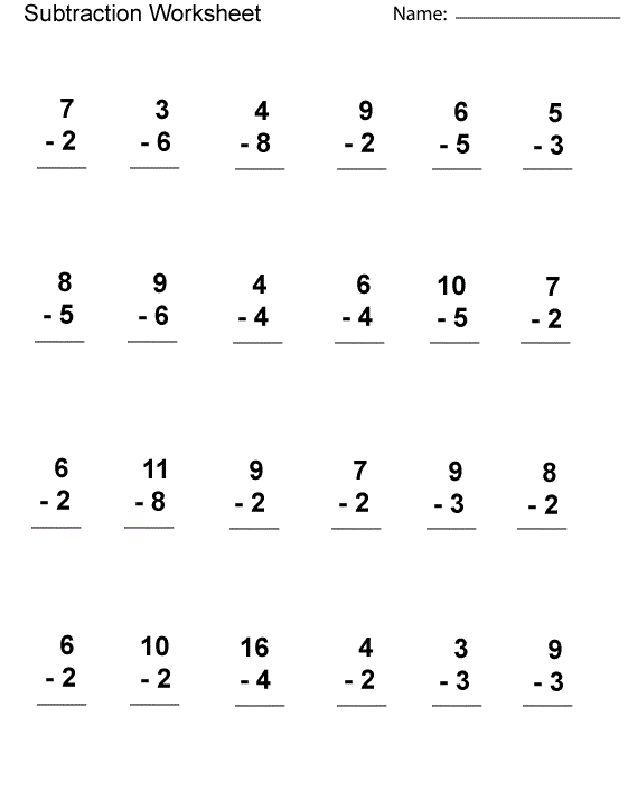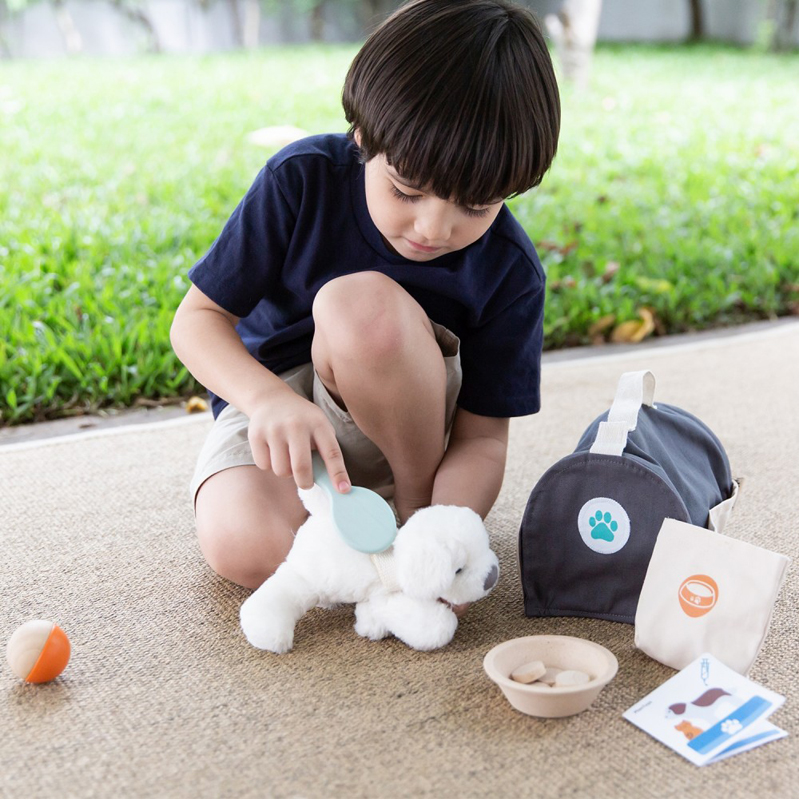Same letter different sound
» Sounds and letters
» Sounds and letters
Learning the building blocks of words - sounds, their spellings, and word parts
2 Replies
If you want to store a large, complex system such as the English spelling system in a finite human brain, you have to organise it well.
To organise something, you first need an organising principle or principles.
If you want to use the relationship between letters and sounds as your organising principle for spelling (and most sensible people do), you can start from the letters and work to the sounds, or start from the sounds and work to the letters.
Starting from the letters
There are 26 letters in the English alphabet, but English also has a whole stack of letter combinations that can represent individual sounds:
- Two letter combinations, like “oo” as in “book”, “er” as in “her”, “ph” as in “phone” and “ey” as in “key”
- Three letter combinations, like “igh” as in “high”, “dge” as in “bridge”, “tch” as in “catch” and “ere” as in “here”.
- Four letter combinations, like “eigh” as in “eight”, “aigh” as in “straight”, “augh” as in “caught”, and “ough” as in “bought”, “drought”, “dough”, “through”, “thorough” (but not “cough” or “tough”, where the “ou” and the “gh” represent different sounds, and just happen to be next to each other).
To add to the complexity, many letters and letter combinations can represent more than one sound, for example, the letter “y” represents four different sounds in the words “yes”, “by”, “baby” and “gym”. The spelling “ea” represents three different sounds in the words “beach”, “dead” and “break”.
As well as more common letter-sound patterns, there are letter-sound patterns that only occur in one or two words, like the “sth” in “asthma” and “isthmus”, and the “xe” in “axe”, “deluxe” and “annexe”.
It's an almost impossible task to use letters and letter patterns to organise your thinking about spelling, as there are simply so many of them and their relationships with sounds are so complex.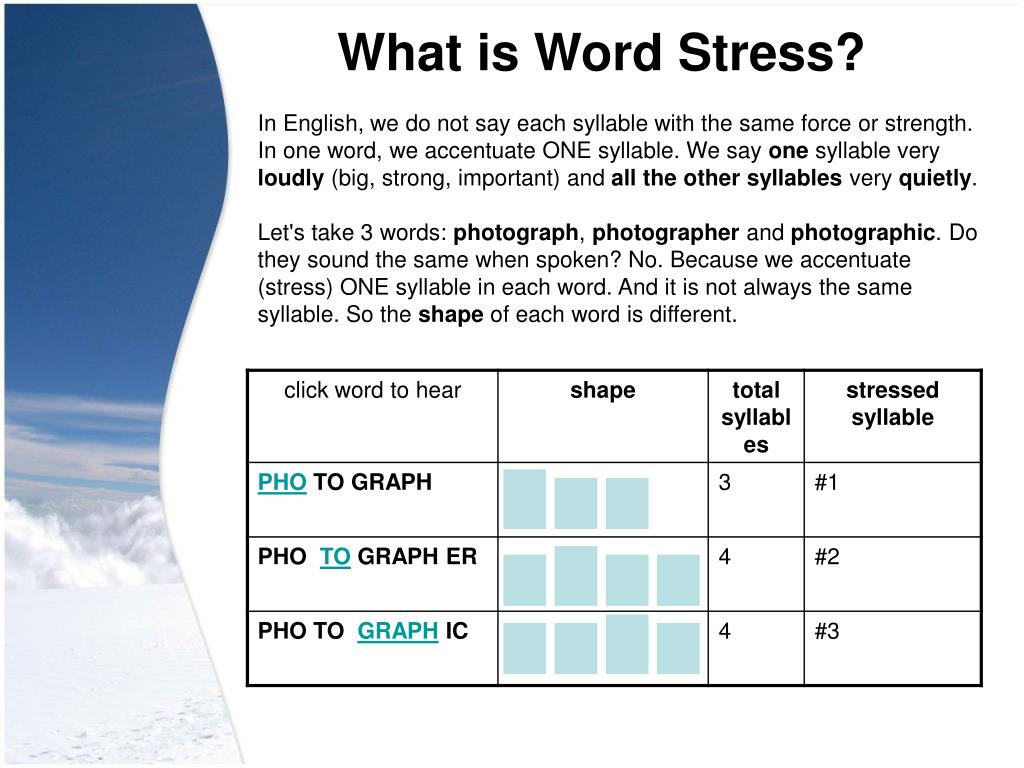
After a while it starts to seem that there must be thousands of sounds in English, whereas there are only 44[1] . So let's try using sounds as our organising principle.
Starting from sounds
The sounds of English are:
Three pairs of consonants made by stopping airflow in the mouth then letting it go:
- “p” as in pop, puppy and cantaloupe (voiceless lip sound).
- “b” as in bob, rubber, build and cupboard (voiced lip sound).
- “t” as in tot, butter, backed, joked, laundrette, torte, Thomas, receipt, debt, yacht, indict and pizza (voiceless tongue tip sound).

- “d” as in did, muddy, wagged, aide and jodhpurs (voiced tongue tip sound).
- “k” as in cot, king, luck, quit, chrome, mosque, khaki, liquor, accord, excel, Bourke, trekking, acquaint, racquet and zucchini (voiceless back of the tongue sound).
- “g” as in go, biggest, guide, ghoul and morgue (voiced back of the tongue sound).
Three pairs of consonants made through your nose using your voice:
- “m” as in mum, hammer, limb, autumn, programme and paradigm (lip sound).
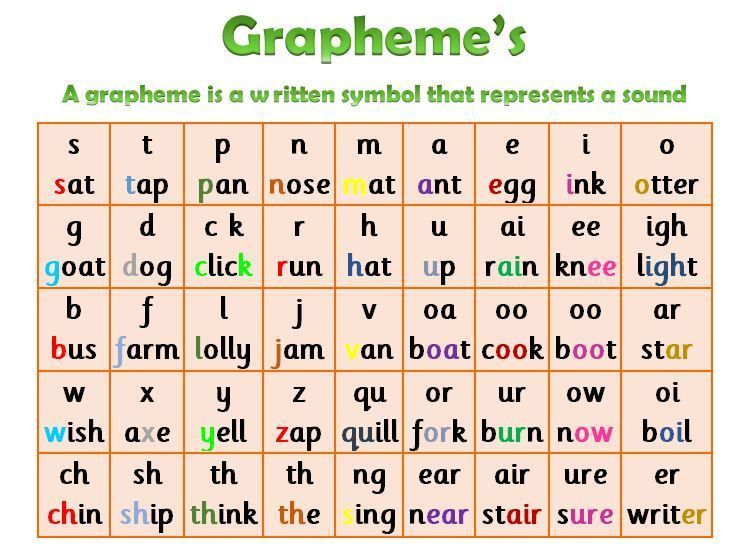
- “n” as in non, runner, know, reign, cayenne, pneumonia and mnemonic (tongue tip sound).
- “ng” as in wing, think and tongue (back of the tongue sound).
Four pairs of friction sounds made by squeezing air through narrow spaces in the mouth:
- “th” as in thin, Matthew and phthalates (voiceless tongue-between-teeth sound).
- “th” as in this and breathe (voiced tongue-between-teeth sound).
- “f” as in far, sniff, phone, cough, Chekhov, gaffe, carafe and often[2] (voiceless teeth on lip sound).
- “v” as in vat, love, skivvy, of, Stephen and Louvre (voiced teeth on lip sound).

- “s” as in sell, city , voice, house, scent, pass, whistle, psychologist, quartz, coalesce, mousse, sword, asthma, and waltz.
- “z” as in zip, is, pause, dazzling, bronze, xylophone, dessert, business and tsar/czar.
- “sh” as in ash, lotion, passion, pension, facial, chef, schnitzel, moustache, ocean, sugar, appreciate, initiate, conscience, tissue, cushion, crescendo and fuchsia.
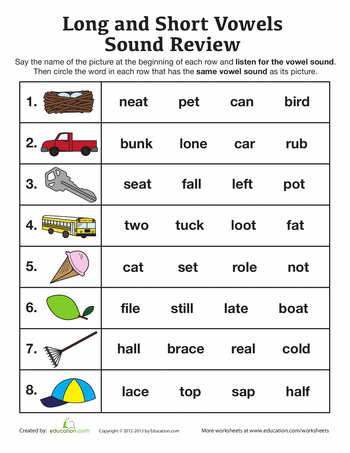
- “zh” as in beige, vision, pleasure, aubergine, déjà vu, seizure, equation and casuarina.
One pair of sounds made by stopping the air and then releasing it through a narrow space in the mouth:
- “ch” (a combination of “t” and “sh”) as in chair, hutch, creature, bocconcini, cappuccino, kitsch, luncheon, question, righteous, ciao and Czech.
- “j” (a combination of “d” and “zh”) as in jar, gem, sponge, ridge, budgie, religion, adjust, suggest, educate, soldier and hajj.
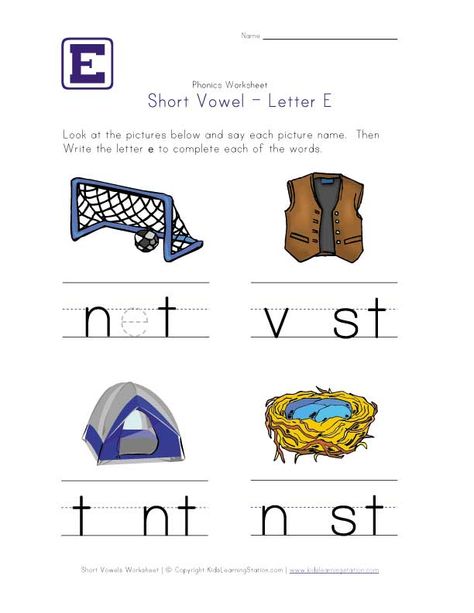
Four semi-vowels:
- “w” as in we, when, quack, one, marijuana and ouija.
- “y” as in yum, onion, hallelujah, tortilla and El Niño.
- “r” as in rip, wrist, barrel, rhubarb, diarrhoea and Warwick.
- “l” as in look, doll, grille, aisle, island and kohl.
One friction sound that has no pair:
- “h”, made by squeezing air through the back of your throat, as in hat, who, jojoba and junta.
So that makes 24 consonant sounds. Then there are 20 vowels:
Six “checked” vowels that require a consonant sound after them in English (sometimes called "short" vowels):
- “a” as in at, plait, salmon, meringue and Fahrenheit.
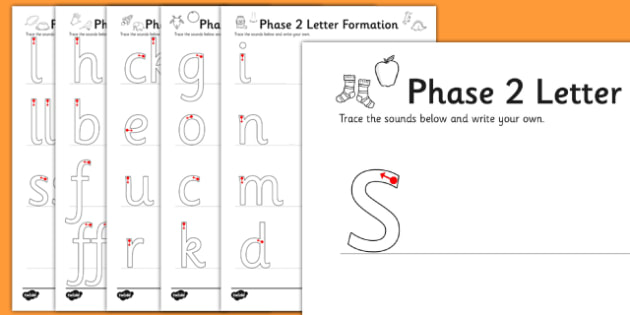
- “e” as in wet, deaf, any, said, says, friend, haemmorhage, leopard, leisure, bury and Geoff.
- “i” as in in, myth, passage, pretty, breeches, busy, marriage, sieve, women and bream.
- “o” as in on, swan, because, entree, cough, John, lingerie and bureaucracy.
- “u” as in up, front, young, blood, does and laksa.
- “oo” as in pull, good, could, wolf, tour and Worcestershire.
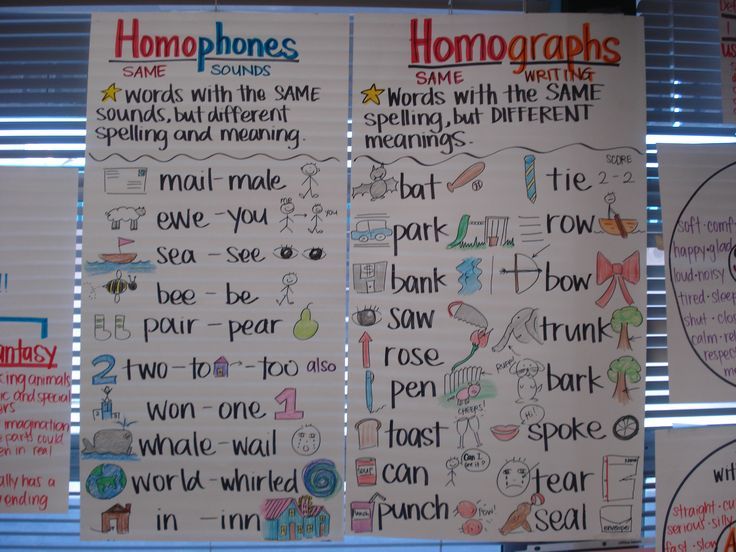
Six other vowels that are sometimes called “long vowels” (they're not really long, but they can be the last sound in a word):
- “ay” as in same, sail, say, danger, weigh, vein, they, café, reggae, great, purée, fete, straight, gauge, gaol, laissez-faire and lingerie.
- “I” as in like, hi, by, pie, high, type, chai, feisty, bye, height, kayak, eye, iron, maestro and naive.
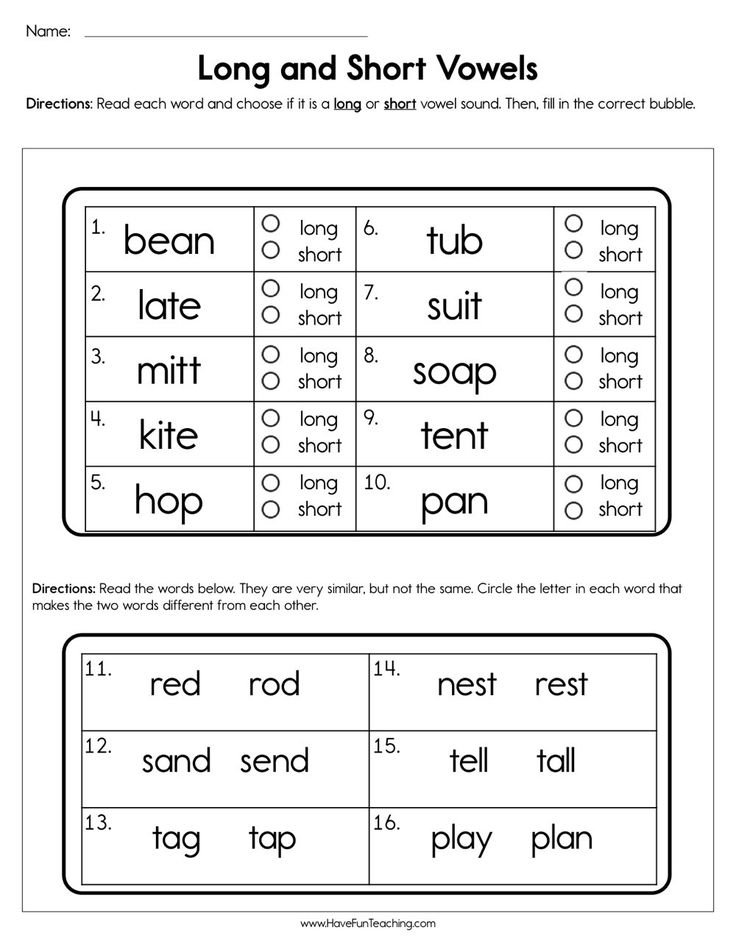
- “oh” as in rope, no, boat, goes, glow, plateau, soul, mauve, though, yolk, brooch, owe, sew and Renault.
- “ooh” as in food, June, chew, brutal, youth, clue, fruit, to, sleuth, shoe, roux, coup, pooh, through, two, manoeuvre and bouillion.
- “you” (a combination of “y” and “ooh”) as in use, few, cue, feud, tulip, beauty, pursuit, ewe and vacuum.
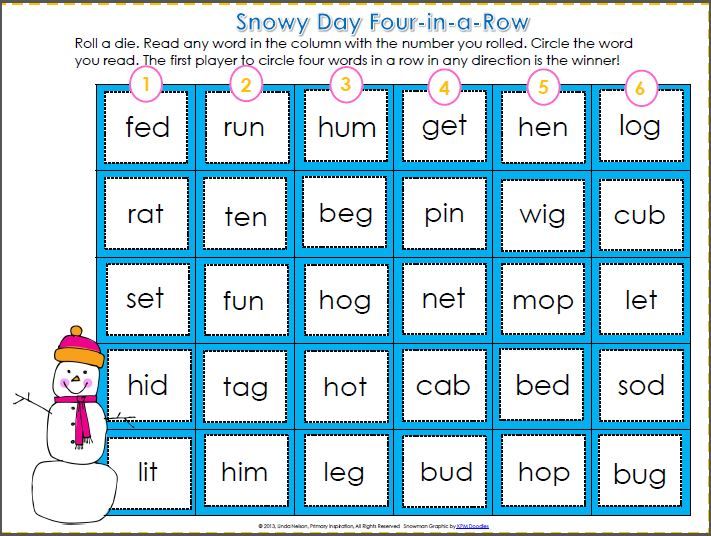
- “ee” as in bee, eat, field, me, these, jelly, taxi, turkey, ceiling, marine, paediatric, amoeba, quay, people, Grand Prix, fjord, ratatouille and Leigh.
Seven other vowels, some of which are called "r-controlled" vowels in some spelling books:
- “ar” as in arm, past, calf, blah, charred, are, baa, clerk, aunt, heart, bazaar and bizarre.
- “er” as in fern, curl, dirt, word, pearl, purr, err, whirred, slurred, masseur, journalist, milieu, were, colonel, myrrh, myrtle and hors d’oeuvre.

- “aw” as in saw, cord, more, court, faun, bought, wart, all, door, chalk, taught, board, dinosaur, baulk, sure, broad, awesome, you’re, corps, extraordinaire, hors d’oeuvre and assurance.
- “ou” as in out, cow, drought, kauri, Maori and miaow.
- “oy” as in boy, soil, Freud, lawyer and Despoja.
- “air” as in care, fair, pear, parent, aerial, solitaire, there, sombrero, heir, their, they’re, prayer, mayor and yeah.
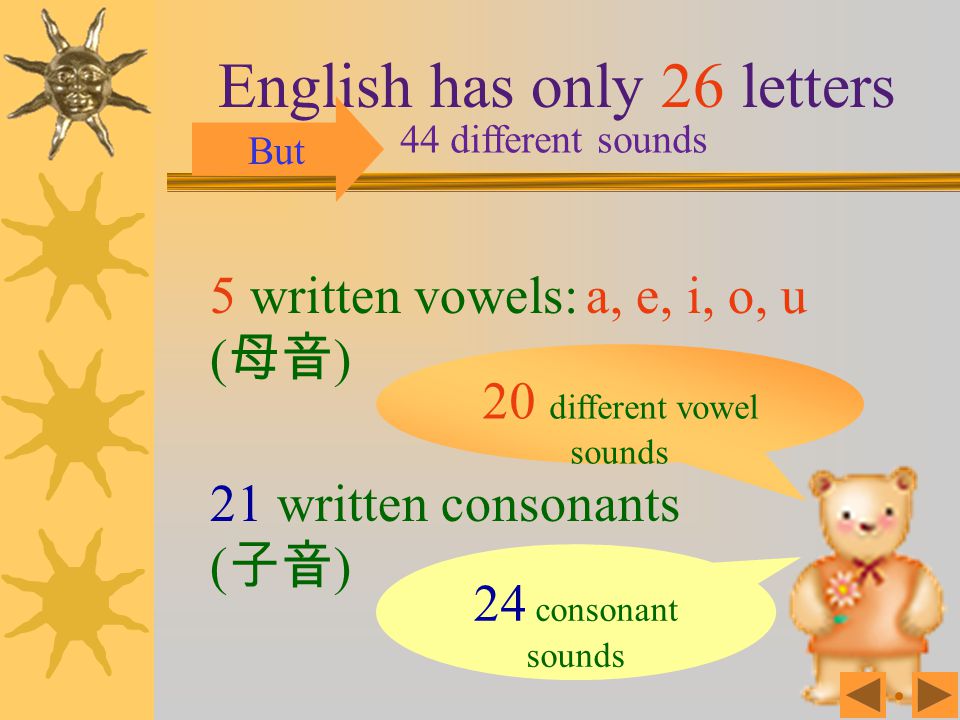
- “ear” as in dear, beer, tier, ere, bacteria, souvenir, Hampshire, weird and Shakespeare.
One unstressed vowel, heard mostly in multisyllable words:
- “uh” as in fire, super, metre, buzzard, tractor, odour, jealous, nature, mynah, violent, pencil, cherub, delicate, granite, purpose, minute, restaurant, aesthetic, martyr, mischievous, borough, portrait, foreign, papier-mache, cupboard, sulphur, porpoise, circuit, tapir…
The unstressed vowel also occurs in spoken sentences in small, grammatical words like "a" and "the".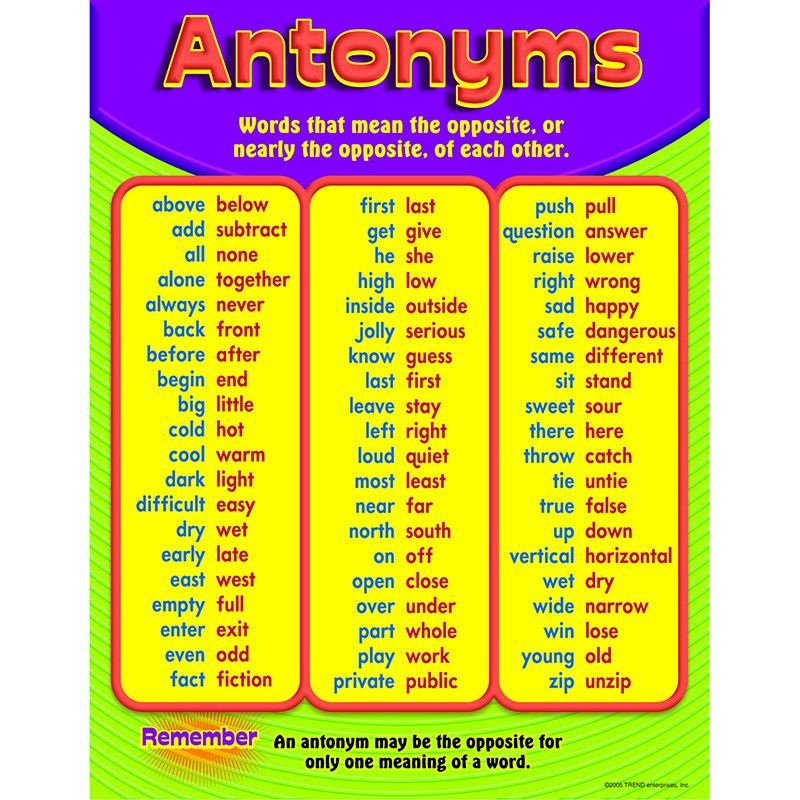 Because these words occur very frequently, this can be a source of much confusion about how basic vowels are spelt.
Because these words occur very frequently, this can be a source of much confusion about how basic vowels are spelt.
This is still a long list, but at least it's possible to put a lid on it, by teaching the main spellings for all the sounds in one-syllable words, then the main additional spellings in longer words.
Eventually you find you've got most words covered, and there's just a list of weird ones for each sound that don't follow any major pattern, and are therefore also memorable.
Learners can make up a spelling collection with a page for each sound, and list all the spellings they know in groups. In fact there are books you can buy for this purpose such as Soundasaurus, but I generally quibble with some of the categories, and prefer to use my own Spelling Collection. Crossings-out, sticky notes and/or extra pages added in later are good evidence that learners have been actively thinking and learning about the relationship between sounds and letters.
[1] Linguists will always argue about how many sounds there are in English, because the mouth is a mushy place without clear boundaries – for example, the “l” sound at the start of “look” is phonetically different from the one at the end of “hall”, and the sound “ay” in “play” and “ie” as in “time” are technically two sounds, but slicing things that finely doesn’t really help with learning spelling.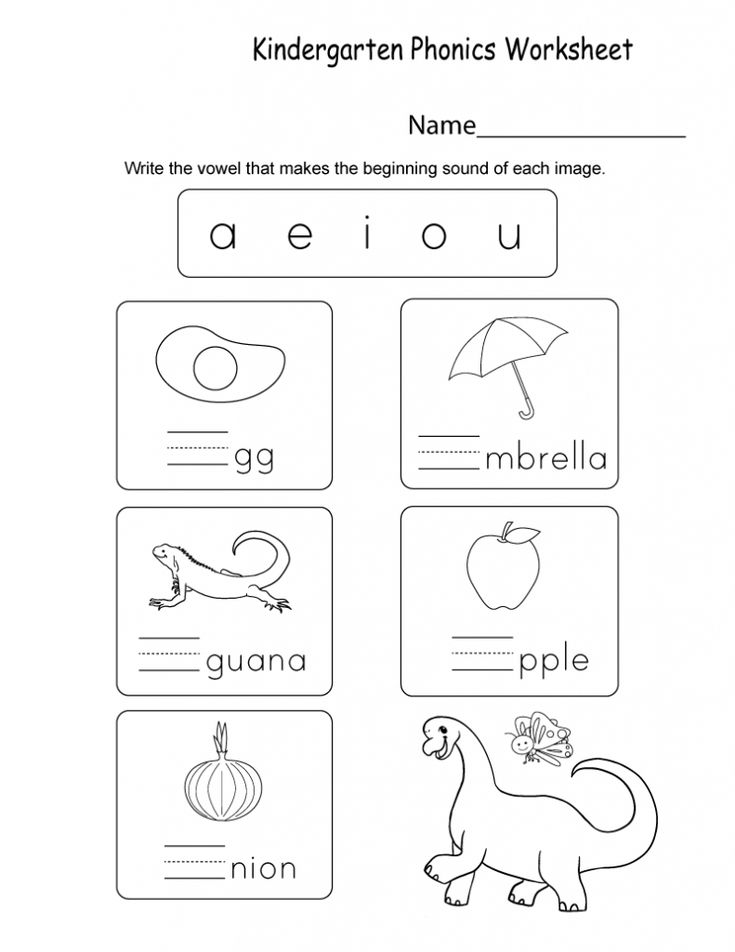 Most people say there are between 42 and 44 sounds for the purposes of teaching spelling (depending on whether you call "ear" and "air" separate spellings or not).
Most people say there are between 42 and 44 sounds for the purposes of teaching spelling (depending on whether you call "ear" and "air" separate spellings or not).
[2] and lieutenant if you speak British English, but actually this word comes from French and means someone standing in (in lieu) for the tenant or office-holder, so the American pronunciation (“loo-tenant”, not “leff-tenant”) is closer to the original French.
« Spelling rules
Pronunciation of letter groups (letter combinations) in English
Unlike some languages in which one grapheme (one letter) corresponds to one phoneme (one sound), English uses a complicated (and largely irregular) spelling system in which most sounds are represented by groups of several letters.
Among all the irregularities, there are a few patterns in pronunciation that can be learned and this article describes the most common ones (ordered so that the groups I find the most relevant for a learner are written first). Note: the rules described here hold only if the respective group lies within one syllable. For example, “ee” is always pronounced /iː/, but not in “preemptive” /priˈemptɪv/ (pree-emp-tiv), simply because the syllables are “pre-emp-tive” (resp. “pre-emp-ti-ve” according to orthographic rules), not “preemp-tive”. Pronunciation is given in British English unless stated otherwise.
Note: the rules described here hold only if the respective group lies within one syllable. For example, “ee” is always pronounced /iː/, but not in “preemptive” /priˈemptɪv/ (pree-emp-tiv), simply because the syllables are “pre-emp-tive” (resp. “pre-emp-ti-ve” according to orthographic rules), not “preemp-tive”. Pronunciation is given in British English unless stated otherwise.
wh as in where, which is often taught to be pronounced just as /w/ (i.e. that “where” and “were”, “which” and “witch” sound the same). However, it is also quite common among British to pronounce it as /hw/, i.e with “h” as in here in front of “w”. (Rowan Atkinson is a good example of this kind of pronunciation.) Linguists also denote this sound by a separate symbol: /ʍ/. There are a couple of words in which it is the “w” is silent, not “h”, e.g. who, whole, whore (but not all that begin with “who” are of that kind, for example whorl, whoa are pronounced with silent “h”).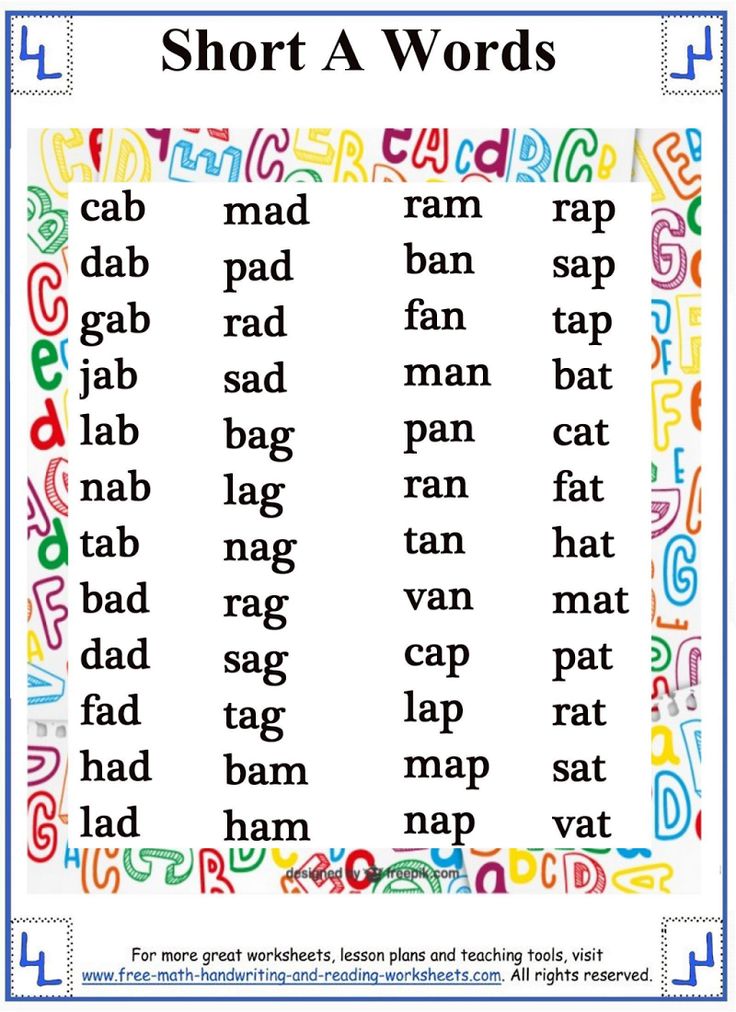
oo is mostly pronounced in two different ways: /uː/, as in fool, cool, or /ʊ/, as in book, look (the same sound as in put, full). There is no rule to decide which one is the correct one. It is sometimes pronounced also /ɔː/ when written as “oor”, as in door, floor, or /ʌ/ (as “u” in “but”): “blood” and “flood”.You can read much more about “oo” in my article about the long and short “oo” in English.
ow can be pronounced either /au/, as in cow, how, or /əu/ in British English resp. /ou/ in American English, as in low, snow. There is no rule dictating when to use which one; there are even 4 words that can be pronounced both ways with different meanings: bow, row, sow, mow.
ng is usually pronounced as /ŋ/, as in wrong, song (as if one were saying “g”, but instead of “puffing” air, just touch the upper palate).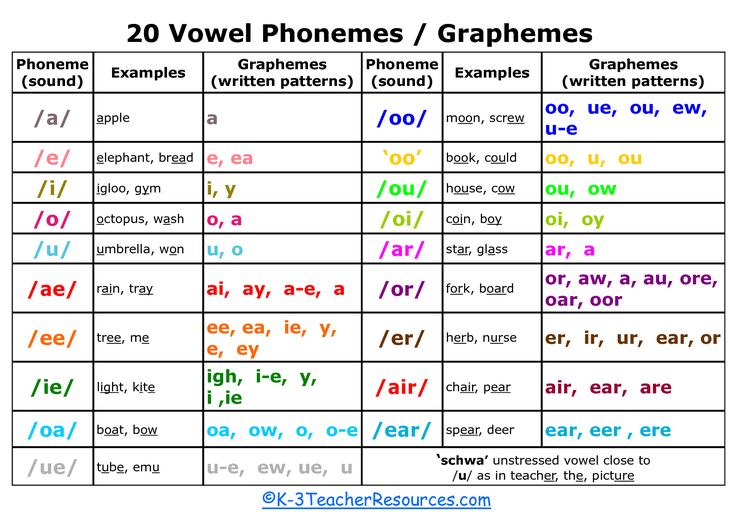 This is true even if it is followed by “ing”, for example singing /ˈsɪŋɪŋ/, longing /ˈlɒŋɪŋ/, or by “er” when it means a person doing something, for example singer /ˈsɪŋə(r)/, gunslinger /ˈɡʌnslɪŋə/. In other such cases, it is pronounced /ŋg/, for example longer (“more long”) /ˈlɒŋɡə/, strongest /strɒŋɡɪst/. It can also be /ŋk/ when followed by “st”, but there are only two such words: angst and amongst.
This is true even if it is followed by “ing”, for example singing /ˈsɪŋɪŋ/, longing /ˈlɒŋɪŋ/, or by “er” when it means a person doing something, for example singer /ˈsɪŋə(r)/, gunslinger /ˈɡʌnslɪŋə/. In other such cases, it is pronounced /ŋg/, for example longer (“more long”) /ˈlɒŋɡə/, strongest /strɒŋɡɪst/. It can also be /ŋk/ when followed by “st”, but there are only two such words: angst and amongst.
nk is pronounced /ŋk/, as in think, blink. It must be pronounced with the “k” at the end in order to be distinguished from “ng”! “Think” and “thing” don’t sound the same.
ch is mostly pronounced either as /k/, as in character, chord, or as /tʃ/, as in chicken, chest. Almost all words containing “chi” or “che” are pronounced with /tʃ/ (but notice “chiropractor” /ˈkaɪərəʊpræktə/ (kaay-roh-præk-tə) and “chemistry” /ˈkemɪstri/ (kem-ist-ree), but there’s no reliable rule for “cha”, “cho”, and “chu”.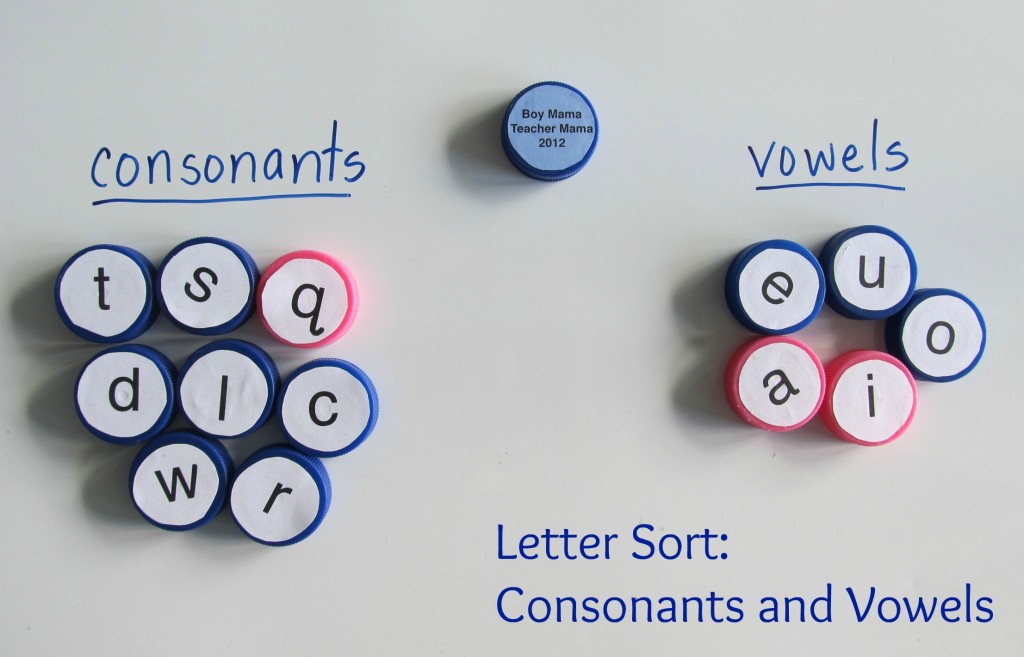 In some words of French origin, it is pronounced as /ʃ/ (sh), for example chef, chic.
In some words of French origin, it is pronounced as /ʃ/ (sh), for example chef, chic.
ps is pronounced just as /s/ (p is silent), for example psychology, psalm.
eu is pronounced as /uː/ or /juː/ (yoo), as in neuter, leukaemia. The difference is mostly dialect-dependent; it doesn’t carry any difference in meaning (/uː/ is used mostly in British English and /juː/ in American English). Nevertheless, it is generally just /uː/ after “l” and “r”. Also notice that “neuron” is pronounced /ˈnjʊərɒn/ (nyoo-ə-ron) UK, /ˈnʊrɑːn/ (noo-raan) US.
au is pronounced as /ɔː/ (as “aw” in hawk), e.g. caution, aura.
th has two possible pronunciations: /θ/, as in think, author, and /ð/, as in that, although. There is no general rule to decide which one is the correct one.
sh is pronounced as /ʃ/, as in show, fish.
aw is pronounced as /ɔː/, as in hawk, paw.
ee is pronounced as /iː/, as in need, seen.
ur, er, and ir are usually pronounced /ɜː/ in the UK (a sound similar to long /ə/) and /ɝː/ in the US (just a long American /r/), as in curve, purge, herd, serve, bird, stir.
Phonetics: playing with letters
We are all touched by funny children's etymologies and naive, but amazingly accurate sense of the language. But the child grows up, and now his sincere childish interest in his native language is replaced by boring school rules and cramming.
What should be done to keep this interest growing, how to help a preschooler discover the world of the Word? Of course, in the form of a game, exciting for both adults and children. Let's start, perhaps, with phonetics (recall: phonetics is a branch of linguistics that studies the sound structure of speech).
Let's disenchant the word!
Many children are very fond of games with words, they are fascinated by "word transformations", when one letter is replaced by another, and the meaning of the word is completely changed. To begin with, you can try to play, for example, in the "enchanted letter". An adult comes up with a couple of words in advance that differ in only one letter, for example, SHELL-CANDLE, HORN-SPOONS, etc., and becomes a sorcerer.
The sorcerer says: "There were candles grazing in the meadow." The child must disenchant the word - find the very letter that changed the meaning of the word. “Lambs were grazing in the meadow!” - exclaims the child, and the sorcerer is defeated! This game helped us a lot in long queues to the doctor, on the road and in other boring situations.
After that, we decided to write down such word transformations and at the same time practice reading simple words.
There are a great many word chains that differ in only one letter.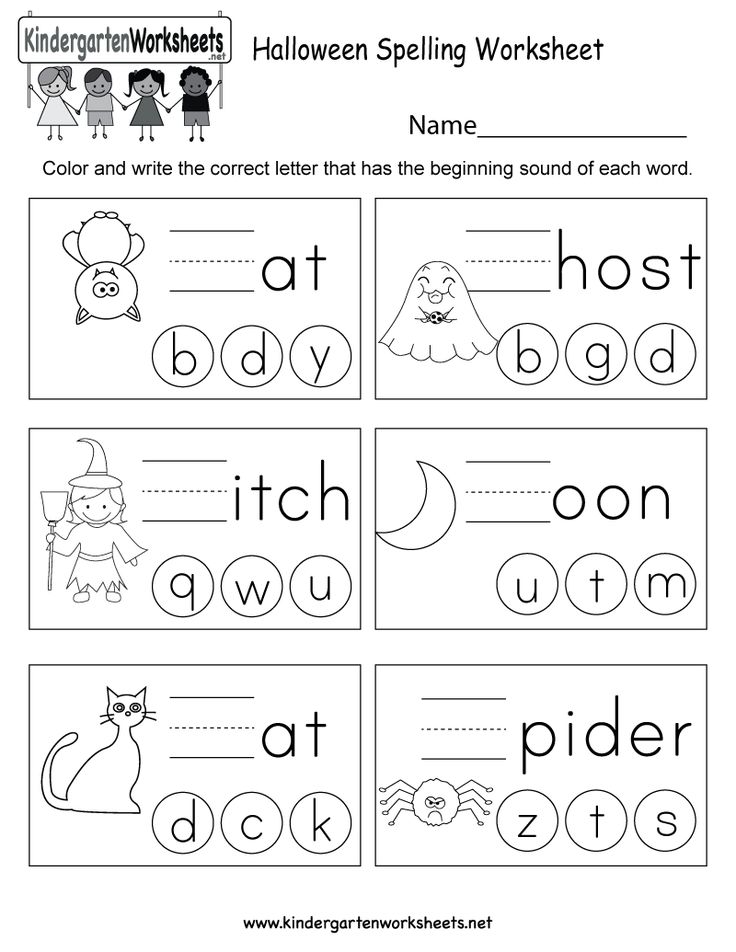 In order for the play of letters in a word to become visual, we write these word chains in a special way. Let's say there is a chain of five words: VOLUME, COM, COM, SCRAP, HOUSE.
In order for the play of letters in a word to become visual, we write these word chains in a special way. Let's say there is a chain of five words: VOLUME, COM, COM, SCRAP, HOUSE.
Cut a sheet of A4 paper crosswise into three parts, fold each rectangle in half, put all three into one another and staple in the middle, so that you get a small notebook. Now let's cut all six of its pages at the same time perpendicular to the fold in the middle of the page.
Our notebook now consists of two halves, each of which is turned over separately. (Think about how to say: turn the cutoff towards us, it turns out something like two tear-off calendars connected together) On the right half, write the second, unchanged (think) part of the word OM, and on each page of the left half, write down the letter: T , S, K, L, D. Thus, both halves of each page make up a whole word. On the back of the left half, you can draw the corresponding object, this will be the answer picture. Here are other options for such chains: BOW, SUK, BUK, BEETLE; MAC, TANK, CANCER, LAC; PAIN, MOLE, SALT, ROLE, ZERO; BUMP, KIDNEY, DAUGHTER, POINT, BARREL; MOUNTAIN, KORA, NORA, TIME. In all these chains, the first letter of the word changes. You can also change the middle letter (then we will cut all the pages of our little book not into two, but into three parts): BUK, BOK, BULL, TANK.
In all these chains, the first letter of the word changes. You can also change the middle letter (then we will cut all the pages of our little book not into two, but into three parts): BUK, BOK, BULL, TANK.
Changing letters can be selected in a special way, so that they reflect one or another sound characteristic: deafness-sonority (Daughter-POINT, GROT-MOLE, CHAGAL-JACKAL, BONE-GUEST) or hardness-softness (FINGERS-HOOPS, NOSE - CARRYED, DUST-DRINK, BALD-FOX, WHO-VYOZ). You can play with homophones that sound the same but are spelled differently (CODE-CAT, FOX-FOREST, ONION-MED, POND-ROOD).
And here are the pairs of words demonstrating the "softening" functions of the soft sign: CHALK-SHELL, CORNER-COAL, SEED-FAMILY, HORSE-HORSE, BLOOD-BLOOD, EL-SPRUCE, SHELF-POLKA, DAW-PEBLE, SIX-SIX . For now, kids can not be called (and in no case be imposed!) Strict school terms: deafness, sonority, hardness, softness. Just be surprised with your child - we only slightly changed the word, but its meaning has become completely different!
Extra letter
Let's write the word DUCK on a strip of paper.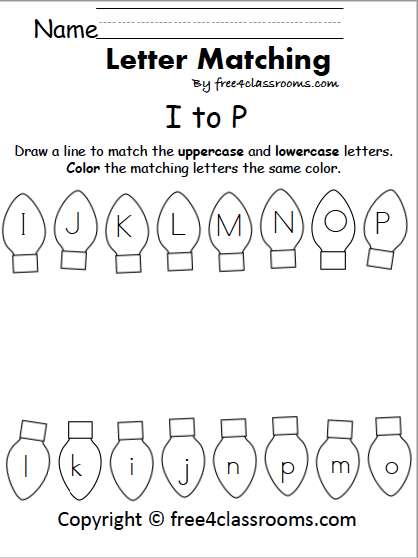 Now bend the strip so as to cover the first letter. It turned out a new word - POINT. Here are some more examples in which the first or last letter can be “superfluous”, “enchanted”: SCREW-FUR, PICK-COL, BISON-TOoth, SPIT-WASP, gloom-cancer, regiment-floor, rod-daughter, wolf- OX, SCREEN-CRANE, POLK-FLOOR, LOVE-SWEET, TROUBLE-FOOD, BALL-SCARF, STO-TABLE, POST, MUSTAKE-BEAS, MOLE-MOUTH, KROV-Ditch, GROT-MOUTH, ROSE-THEER-THREAD, LAD-Klad-Sklad. Such riddles for adding and subtracting letters are called logogryphs.
Now bend the strip so as to cover the first letter. It turned out a new word - POINT. Here are some more examples in which the first or last letter can be “superfluous”, “enchanted”: SCREW-FUR, PICK-COL, BISON-TOoth, SPIT-WASP, gloom-cancer, regiment-floor, rod-daughter, wolf- OX, SCREEN-CRANE, POLK-FLOOR, LOVE-SWEET, TROUBLE-FOOD, BALL-SCARF, STO-TABLE, POST, MUSTAKE-BEAS, MOLE-MOUTH, KROV-Ditch, GROT-MOUTH, ROSE-THEER-THREAD, LAD-Klad-Sklad. Such riddles for adding and subtracting letters are called logogryphs.
An "extra" letter can also be inserted in the middle of a word:
CUTTING-HAND, HEAT-BODY, HANDLE-GUEST, PAINT-HELMET, PAW-LAMP, PAIR-PARKA. In this case, the “extra” letter can also be hidden in a fold of paper, only this fold will not be at the beginning and not at the end, but in the middle of the word.
Moms and dads probably remember the children's rhyme about the Pobeda ship:
- on the Pobeda ship
- AFTERNOON
- TROUBLE happened:
- FOOD is missing.
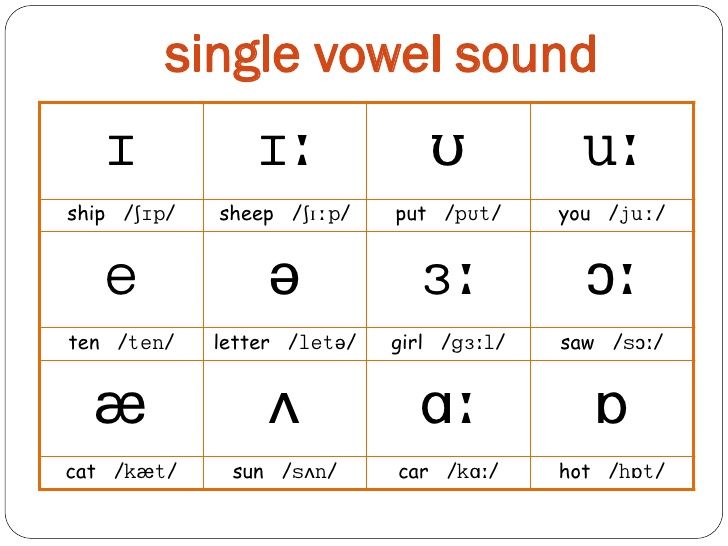
- "Did you steal?" "YES".
- Sailors shout: "Ah!"
For children who are just starting to read, you can make a mini-book like a telephone directory or dictionary, where each page will be one letter longer than the previous one. You can come up with your own counting stories for other similar words, for example, FENCE, ANNOUNCE.
- "What a FENCE,
- failed GRADA,
- neighbor something and RADA,
- she doesn't know this HELL!"
- "Really?" "YES!"
- "What a horror! Ah!"
I wanted to make a thunderstorm - but I got a goat...
Now let's try to complicate the task a little. Your baby will need to turn into a sorcerer himself and bewitch the words. How? Cross out the "extra" letter! Well, for example, what can the word "thunderstorm" be turned into? That's right, rose! Here is another source material for such transformations: KOLYA, VANYA, SCARF, LAMP, GARDEN, MOLE, BABY, LAUGHTER, RIBBON, WILLOW, GAME, JIG SAW, TIGER, SPUR, RAZOR, PEEL.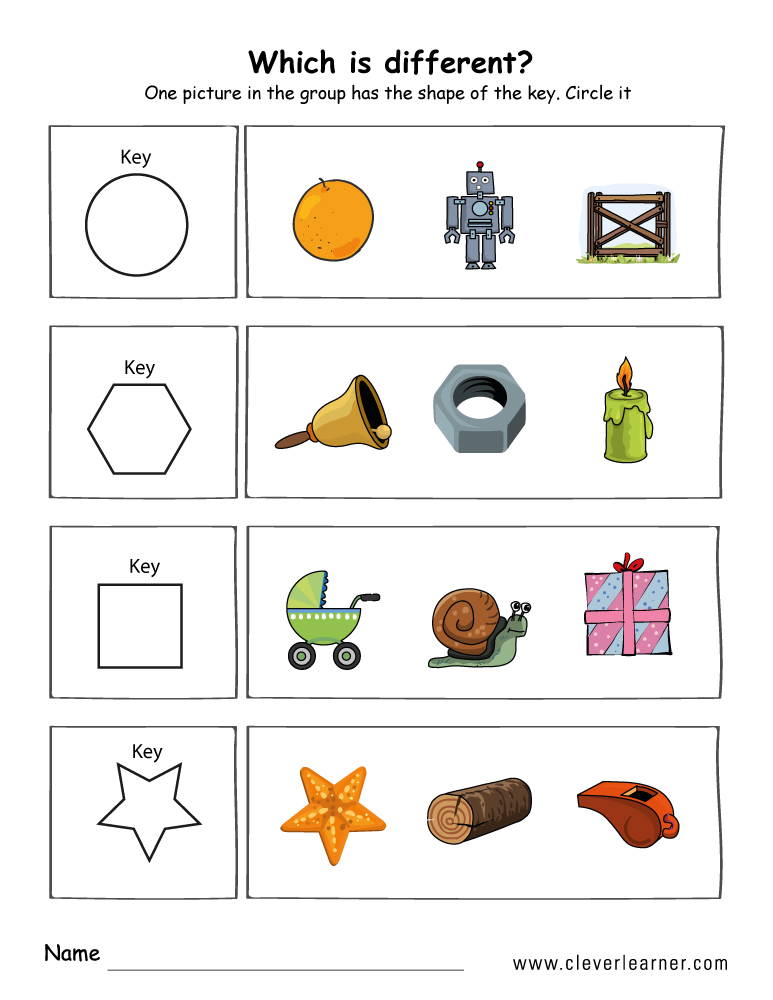
Another variant of this game is not to cross out the “extra letter”, but to change it so that a new word is obtained: CAT (CRUT), PROTEIN (BULL), TOLYA (KOLYA), DEER (Autumn), SALYUT (SALAD), etc. .d. Do you remember the famous puzzles for turning words that need to be completed not in one, but in several actions? Maybe a self-taught wizard should try turning a GOAT into a WOLF? Yes, easily! GOAT - POSE - POLA - REGIMENT - WOLF. And now let's turn DAY into NIGHT: NIGHT - DAUGHTER - DOL - DAL - TRIBUTE - DAY.
Now let's try to play not with letters, but with whole syllables!
They can also be inserted into the word: PORRIDGE-GALOSH, TOAD-COMPLAINMENT, RIVER-GUM, CROWN-BASKET, HAND - SHIRT, BARK - HOLSTER. Here are examples of replacing one syllable with another in the middle of a word: MERMAID-HAND; HOLSTER-SHED-HOUSE.
You can only change the second part of the word, leaving the first syllable unchanged.
BA+ BARREL
- + RAK
- + SOK
- +TON
BOR + HYD
- +ZINA
- +TIK
- +PUS
- + FLY.

KAR+TINA
- + TOSHKA,
- +TA,
- +MAN,
- +TON
What do such phonetic games give? The child plays with the Word, tastes it, learns to associate the phonetic appearance of the word with its lexical meaning, and, by the way, quietly acquires skills in reading.
The first experiments of classification - spreading sounds
So, your baby has already become quite skilled in verbal transformations, he felt like a real magician who performs miracles with a slight movement of his hand (or pen!) It is likely that he is already in school.
It's time to find out how sounds are arranged, how they differ from each other. To begin with, let's go to the mirror and try to say something, carefully looking at our reflection. You have noticed: we pronounce some sounds with an open mouth, and the air freely comes out of our mouth (these are vowel sounds), while others are pronounced with closed or parted lips, and the air on exhalation meets some kind of obstacles - lips, teeth, tongue (and these sounds are called consonants).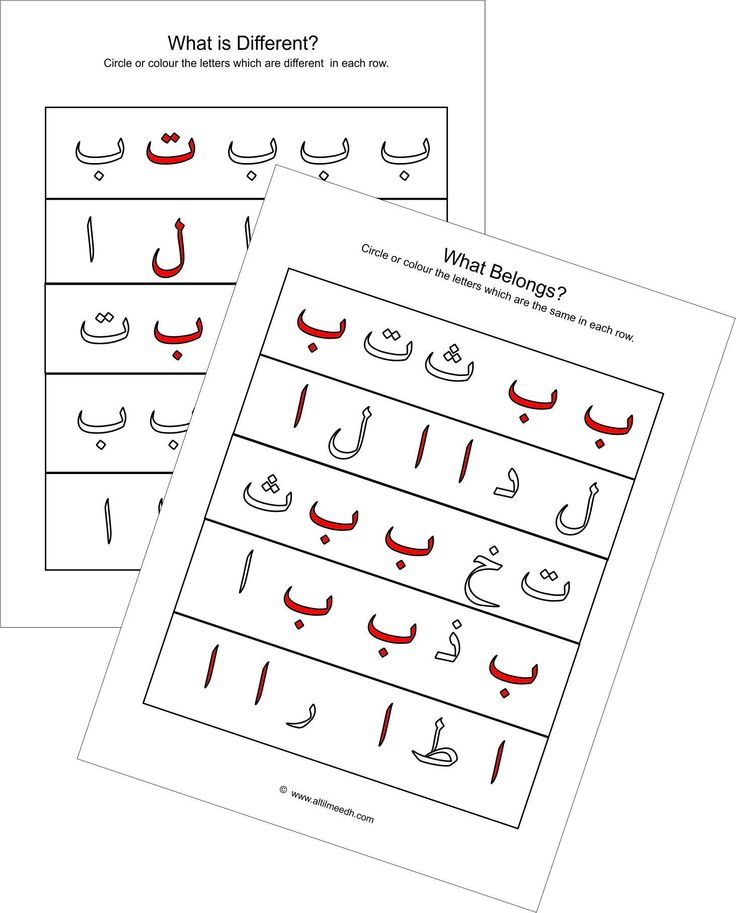 Pronouncing various sounds, try to trace how your face changes, which organs are involved in the work. My daughter once came up with the idea that different vowel sounds reflect different moods: O - surprise, U - resentment, A - fear, Y - discontent; And - it looks like a smile, E - (I quote) "when a person does not know what to say to him."
Pronouncing various sounds, try to trace how your face changes, which organs are involved in the work. My daughter once came up with the idea that different vowel sounds reflect different moods: O - surprise, U - resentment, A - fear, Y - discontent; And - it looks like a smile, E - (I quote) "when a person does not know what to say to him."
What are vowels and consonants for?
Imagine if our language had only vowels? Or just consonants? Let's play this game. One player thinks of any word and writes down only the consonants of that word (or vowels) on a piece of paper. The other person has to guess which word was intended. For example, TLVZR, KRNDSh - EEO, AAA (TV, pencil). In which case is it easier to guess and why?
By the way, humanity at the "dawn" of its history also played such games. For example, there were no vowels in Phoenician writing! Therefore, it often turned out that different words in the letter looked exactly the same. Let's write the word "whale" according to the Phoenician method. We'll get CT. But after all, we should also write the word "cat". BC is tank, side, bull, beech? ML - washed, small, chalk, chalk, they say, sweet? LP - linden, paw, magnifying glass?
We'll get CT. But after all, we should also write the word "cat". BC is tank, side, bull, beech? ML - washed, small, chalk, chalk, they say, sweet? LP - linden, paw, magnifying glass?
Let's build separate houses for our vowels and consonants! Houses can be drawn on a piece of drawing paper and attached to the wall. In the houses we will make windows for each sound so that you can see who lives here. In the "consonant" house there are double windows for paired sounds-friends (hard and soft, deaf and voiced), and there are single windows (for unpaired ones).
Voiceless and Voiced
Say various consonant sounds aloud and in a whisper. You will immediately notice that it is impossible to pronounce a ringing sound in a whisper - it immediately becomes deaf. Let's find all deaf and voiced pairs and settle them in the corresponding windows. And now we will come up with words and sentences consisting only of voiced or only deaf sounds. In order to remember all the deaf consonants, remember the following phrase: “Foka, do you want to eat cabbage soup?” If you cross out all the vowels and the soft sign in it, then only deaf consonants will remain.
And now, together with your child, decipher a very SECRET sentence:
Shil-ardor at the daddy's big goslig.
Well, how did it work out? Of course, this is the beginning of the famous tragic story about a grandmother and her goat, only all pairs of voiced and deaf consonants are mixed up in it. Now try to encrypt some simple text yourself. In this way, you can write secret messages to each other and at the same time train in the classification of sounds.
Hard and soft
Vowels, as we have already found out, are very fond of meeting with consonants. Only one five vowels (i, u, e, i, e) like soft consonants more, and the other (a, y, e, s, o) prefer hard ones. Here the consonants adapt to them: meeting with the first five, they become soft (me, mu, me, mi, me), and with the second - hard (ma, mu, me, we, mo). But there is another way to turn a hard consonant into a soft one - this, of course, is a soft sign. Remember how we searched for the “extra” letter in words pebble, coal, polka ? What happens if you remove the soft sign? And now, on the contrary, let's add a soft sign to the words: ate, con, chalk, they say, was, shelter, weight, given, clear .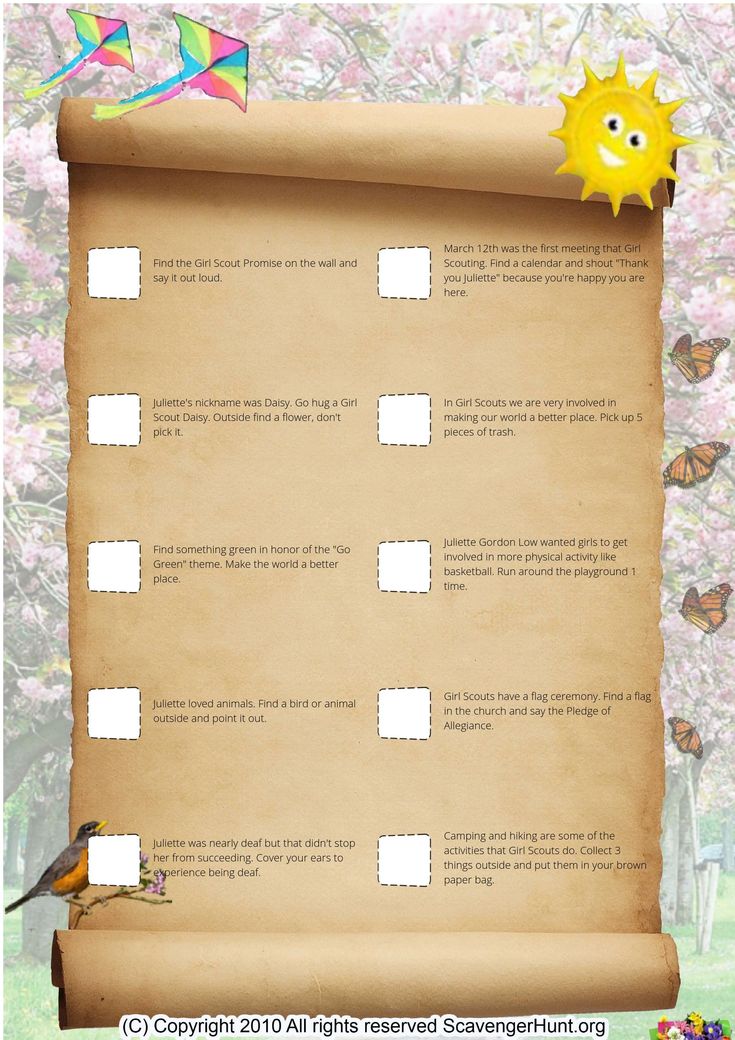
So, imperceptibly, easily and playfully, we got acquainted with very important linguistic concepts, and most importantly, we were able to arouse a lively and genuine interest in them.
Inessa Smyk
According to the materials of the magazine "Aistenok"
Sources
- Harries V., Brown A. The association between baby care books that promote strict care routines and infant feeding, night-time care, and maternal-infant interactions. // Matern Child Nutr - 2019 - Vol15 - N4 - p.e12858; PMID:31216386
- Brown A., Harries V. Infant sleep and night feeding patterns during later infancy: association with breastfeeding frequency, daytime complementary food intake, and infant weight. // Breastfeed Med - 2015 - Vol10 - N5 - p.246-52; PMID:25973527
- Clayton HB., Li R., Perrine CG., Scanlon KS. Prevalence and reasons for introducing infants early to solid foods: variations by milk feeding type. // Pediatrics - 2013 - Vol131 - N4 - p.
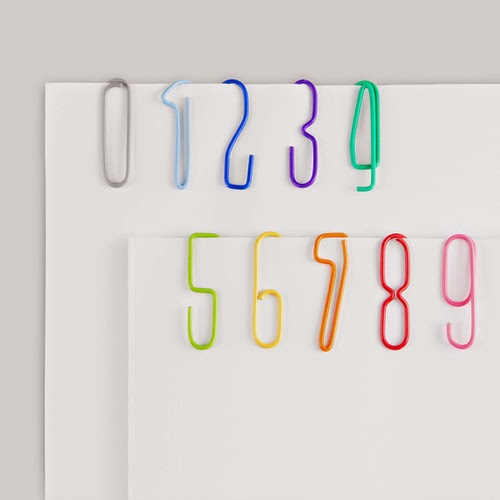 e1108-14; PMID:23530169
e1108-14; PMID:23530169
There are no fundamental differences between sound and letter. What is the difference between a letter and a sound? What are vowels
Sounds belong to the phonetics section. The study of sounds is included in any school curriculum in the Russian language. Acquaintance with sounds and their main characteristics occurs in the lower grades. A more detailed study of sounds with complex examples and nuances takes place in middle and high school. This page only provides basic information. by the sounds of the Russian language in a compressed form. If you need to study the device of the speech apparatus, the tonality of sounds, articulation, acoustic components and other aspects that are beyond the scope of the modern school curriculum, refer to specialized textbooks and textbooks on phonetics.
What is sound?
Sound, like words and sentences, is the basic unit of language. However, the sound does not express any meaning, but reflects the sound of the word. Thanks to this, we distinguish words from each other. Words differ in the number of sounds (port - sport, crow - funnel) , a set of sounds (lemon - firth, cat - mouse) , a sequence of sounds (nose - sleep, bush - knock) up to a complete mismatch of sounds (boat - boat, forest - park) .
Thanks to this, we distinguish words from each other. Words differ in the number of sounds (port - sport, crow - funnel) , a set of sounds (lemon - firth, cat - mouse) , a sequence of sounds (nose - sleep, bush - knock) up to a complete mismatch of sounds (boat - boat, forest - park) .
What sounds are there?
In Russian, sounds are divided into vowels and consonants. There are 33 letters and 42 sounds in Russian: 6 vowels, 36 consonants, 2 letters (ь, ъ) do not indicate a sound. The discrepancy in the number of letters and sounds (not counting b and b) is due to the fact that there are 6 sounds for 10 vowels, 36 sounds for 21 consonants (if we take into account all combinations of consonant sounds deaf / voiced, soft / hard). On the letter, the sound is indicated in square brackets.
There are no sounds: [e], [e], [yu], [i], [b], [b], [g '], [w '], [c '], [th], [h ], [sch].
Scheme 1. Letters and sounds of the Russian language.
How are sounds pronounced?
We pronounce sounds while exhaling (only in the case of the interjection “a-a-a”, expressing fear, the sound is pronounced when inhaling.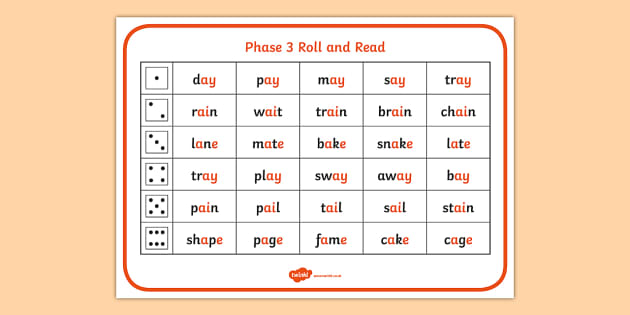 ). The division of sounds into vowels and consonants is related to how a person pronounces them. Vowel sounds are pronounced by the voice due to the exhaled air passing through the tense vocal cords and freely exiting through the mouth. Consonant sounds consist of noise or a combination of voice and noise due to the fact that the exhaled air meets an obstacle in its path in the form of a bow or teeth. Vowel sounds are pronounced loudly, consonant sounds are muffled. A person is able to sing vowel sounds with his voice (exhaled air), raising or lowering the timbre. Consonant sounds cannot be sung, they are pronounced equally muffled. Hard and soft signs do not represent sounds. They cannot be pronounced as an independent sound. When pronouncing a word, they affect the consonant in front of them, make it soft or hard.
). The division of sounds into vowels and consonants is related to how a person pronounces them. Vowel sounds are pronounced by the voice due to the exhaled air passing through the tense vocal cords and freely exiting through the mouth. Consonant sounds consist of noise or a combination of voice and noise due to the fact that the exhaled air meets an obstacle in its path in the form of a bow or teeth. Vowel sounds are pronounced loudly, consonant sounds are muffled. A person is able to sing vowel sounds with his voice (exhaled air), raising or lowering the timbre. Consonant sounds cannot be sung, they are pronounced equally muffled. Hard and soft signs do not represent sounds. They cannot be pronounced as an independent sound. When pronouncing a word, they affect the consonant in front of them, make it soft or hard.
Transcription of the word
Transcription of a word - a recording of sounds in a word, that is, in fact, a recording of how the word is correctly pronounced.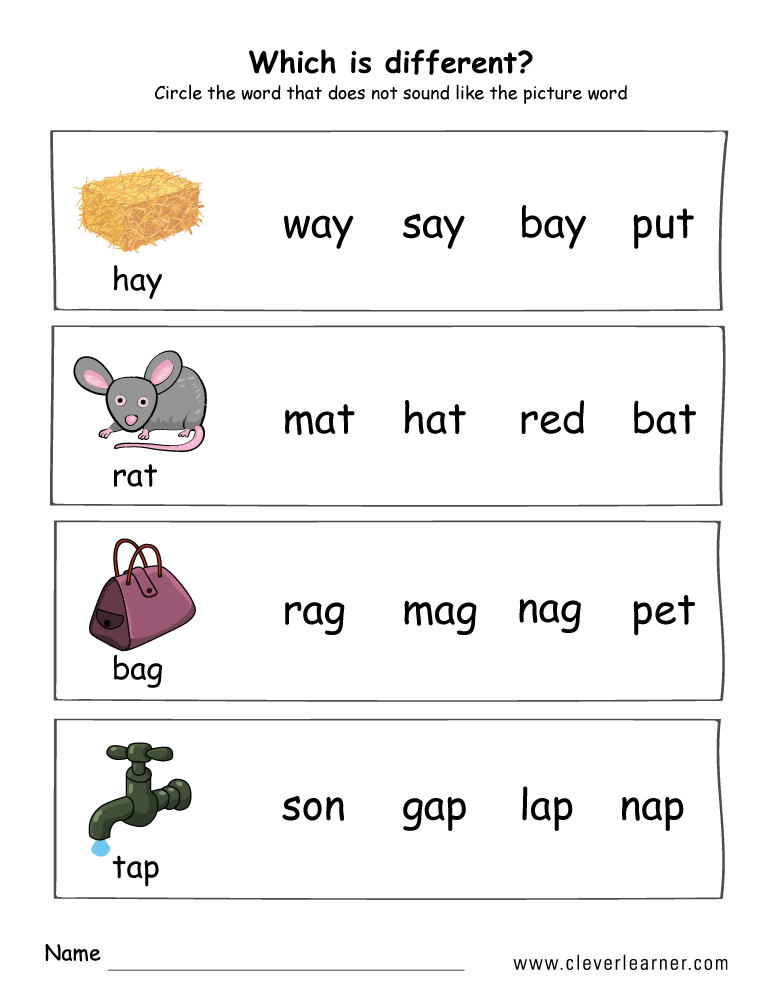 Sounds are enclosed in square brackets. Compare: a - letter, [a] - sound. The softness of consonants is indicated by an apostrophe: p - letter, [p] - hard sound, [p '] - soft sound. Voiced and voiceless consonants are not marked in writing. The transcription of the word is written in square brackets. Examples: door → [dv'er '], thorn → [kal'uch'ka]. Sometimes stress is indicated in transcription - an apostrophe before a vowel stressed sound.
Sounds are enclosed in square brackets. Compare: a - letter, [a] - sound. The softness of consonants is indicated by an apostrophe: p - letter, [p] - hard sound, [p '] - soft sound. Voiced and voiceless consonants are not marked in writing. The transcription of the word is written in square brackets. Examples: door → [dv'er '], thorn → [kal'uch'ka]. Sometimes stress is indicated in transcription - an apostrophe before a vowel stressed sound.
There is no clear correspondence between letters and sounds. In the Russian language, there are many cases of substitution of vowel sounds depending on the place of stress of a word, substitution of consonants or dropping out of consonant sounds in certain combinations. When compiling a transcription of a word, the rules of phonetics are taken into account.
Color scheme
In phonetic analysis, words are sometimes drawn with color schemes: letters are painted with different colors depending on what sound they mean. Colors reflect the phonetic characteristics of sounds and help you visualize how a word is pronounced and what sounds it consists of.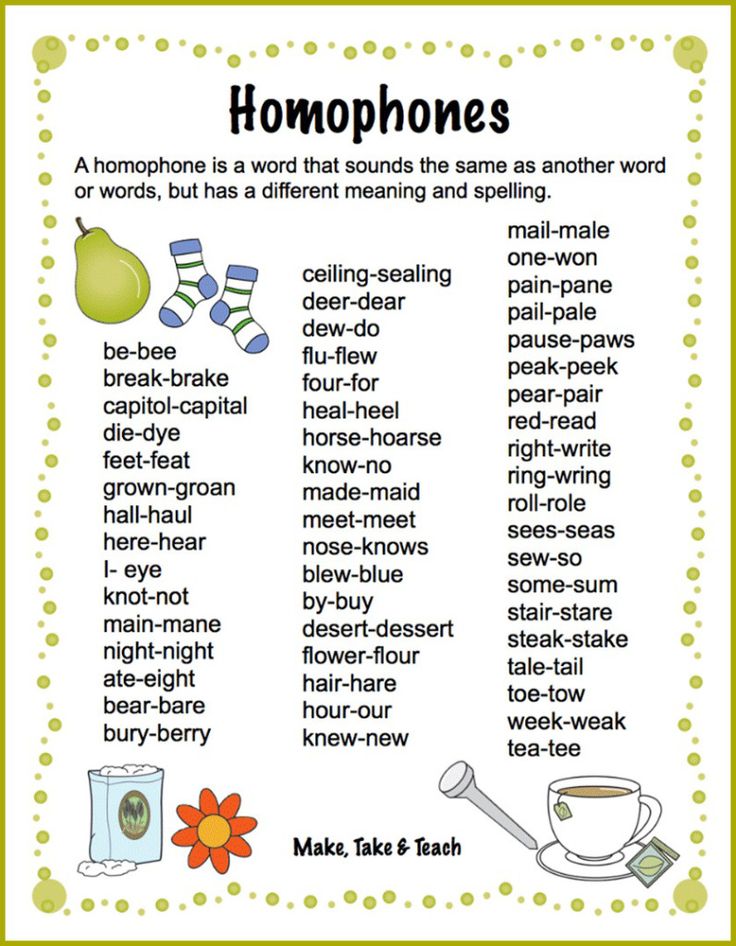
All vowels (stressed and unstressed) are marked with a red background. Iotated vowels are marked green-red: green means a soft consonant sound [y ‘], red means the vowel following it. Consonants with solid sounds are colored blue. Consonants with soft sounds are colored green. Soft and hard signs are painted in gray or not painted at all.
Designations:
- vowel, - iotated, - hard consonant, - soft consonant, - soft or hard consonant.
Note. The blue-green color is not used in the schemes for phonetic analysis, since a consonant cannot be both soft and hard at the same time. The blue-green color in the table above is only used to show that the sound can be either soft or hard.
In this task you need to determine how the first sounds differ in the following words: grandfather, drov.
Execute the job in the following order
- Determine what sounds are.
- Parse the given words.
- Answer the question asked.
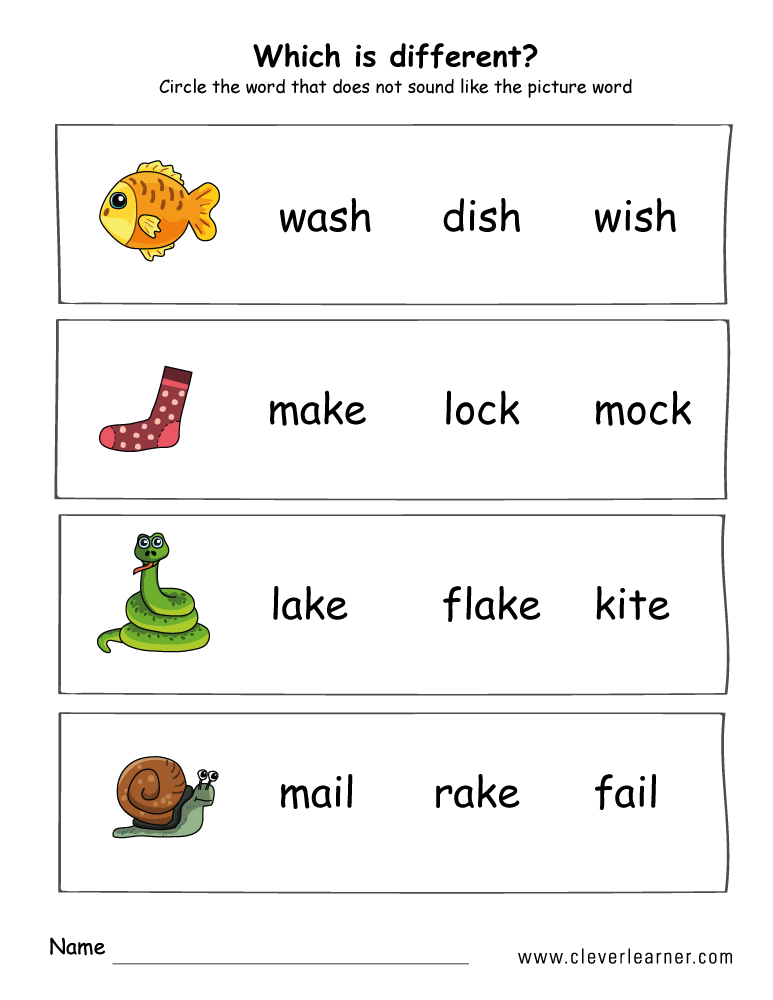
Determine how the sounds at the beginning of the given words differ
In Russian there is a concept of letters and sounds. Letters are what we use to write words. The sounds we use when talking, that is, what we say.
43 basic sounds can be distinguished, of which 6 are vowels and 37 are consonants. While there are 33 letters in the alphabet. The letters do not indicate a soft sign and a hard sign of sounds. The soft sign, in turn, gives consonants softness.
For example.
Shade, salt, stump, day.
Sounds can be divided into vowels and consonants.
The main sounds include the following: a, o, u, e, s. The consonants include the following: k, n, g, l, m, u, w, f, t, g, etc.
Let's analyze the word grandfather.
[d "] - consonant, soft, voiced.
[e] - vowel, soft.
[y] - vowel, hard.
[w] - consonant, deaf, hard.
[k] - consonant, hard, deaf.
[d] - consonant, solid, voiced.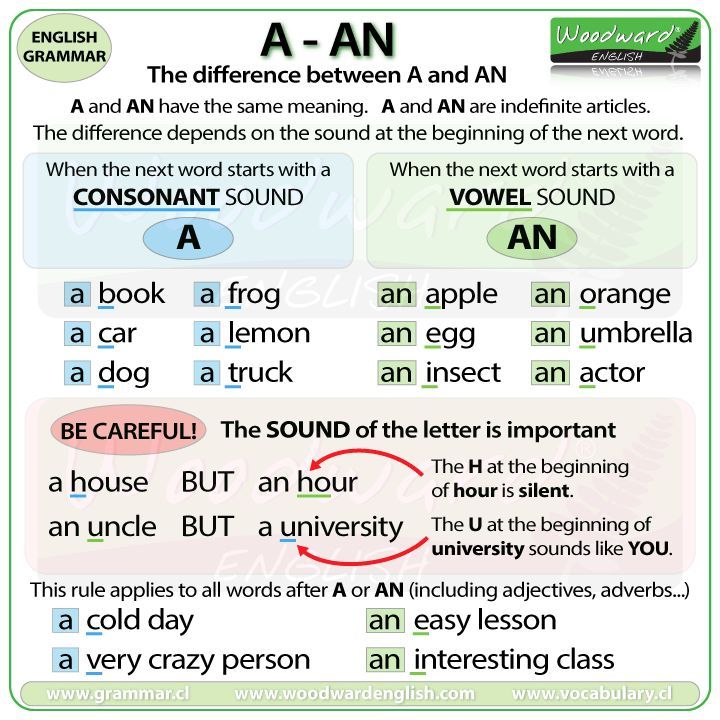
[r] - consonant, solid, voiced.
[o] - vowel, hard.
[f] - consonant, hard, deaf.
Therefore, the first sound in these words is the sound d. This sound is similar in that it is a consonant and it is voiced. But it differs in that in the word grandfather the sound d is soft. And in the word firewood, the sound d is solid.
Consider the same example. Let's analyze the words seeds and sun.
[s"] - consonant, deaf, soft.
[e] - vowel, hard.
[m "] - consonant, soft, voiced.
[e] - vowel, hard.
[h "] - consonant, soft, deaf.
[k"] - consonant, soft, deaf.
[and] - vowel, soft.
Collocations sun.
[s] - consonant, hard, deaf.
[o] - vowel, hard.
[n] - consonant, solid, voiced.
[c] - consonant, deaf, hard.
[e] - vowel, hard.
Therefore, the first sound differs in that in the word seeds the sound with is soft, in the word sun the sound with is hard.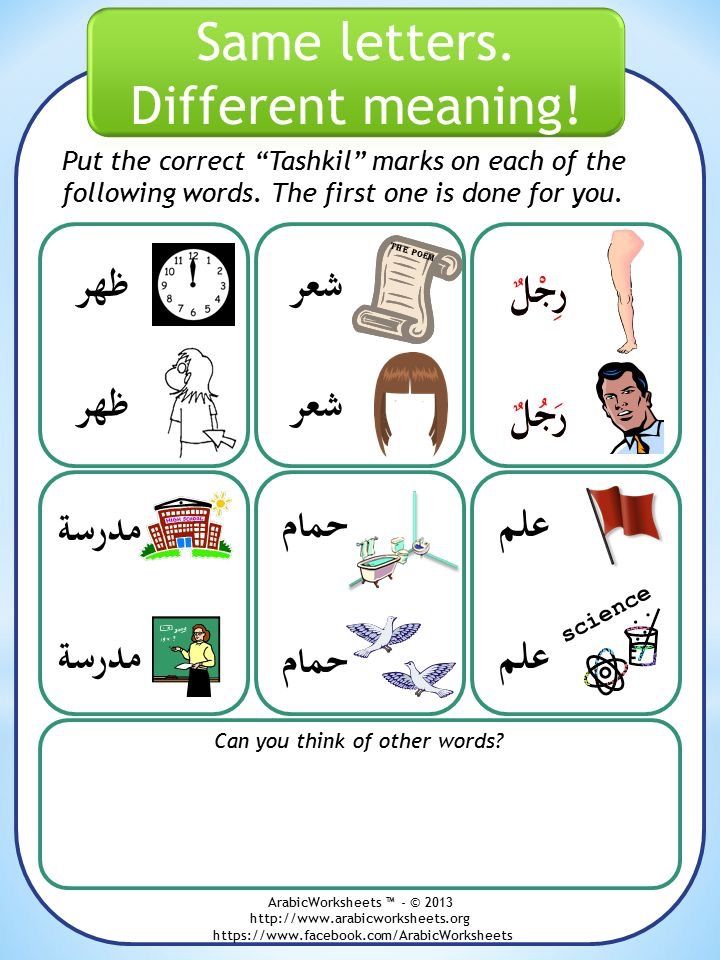
1. Name the letters correctly.
- What is the sound of each letter? What do you know about the sounds [and] and [th"]?
- Choose and write the words that contain these letters.
2. . Read. What are the similarities and differences between each pair of underlined words?
A swarm of bees flew out of the hive . Roi midges circled over the wave.
Parrot - a bird with bright and colorful plumage. Tamed parrots can pronounce words.
- Is the number of syllables in the words of each pair the same: swarm - swarms, parrot - parrots ? Explain your answer.
- Write down the words with the letter “and short”. Underline the syllable with this letter in the words.
Pay attention! Sound [th "] is a consonant sound . Without a vowel sound, it does not form a syllable.
3. "Collect" words from syllables.
- Why are these words interesting? Explain the meaning of each word.
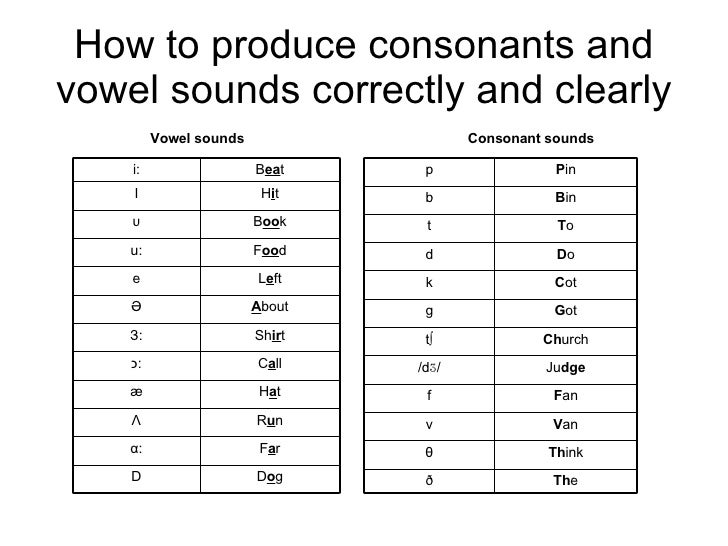 Write three words.
Write three words. - Which word is ambiguous: troika or T-shirt?
e e green
4. Read word combinations.
Russian.. language, diligent student.. nickname, cowardly for..c, d..journal according to class..u, new cash, black k..r..ndash, good teacher..l, small in..r..bay.
- Explain which letters are missing in the words. Write down three combinations of words.
- Match the underlined words with words opposite in meaning.
5. Read. Pay attention to the hyphen in each word.
- Is the letter "and short" separated from the previous letter when wrapping words?
- Draw a conclusion: how to transfer words with the letter from one line to another ?
- Write any two words, separating them with a horizontal hyphen.
6. Look at the pictures. Read the words.
fluffy prickly
- Match pictures and words.
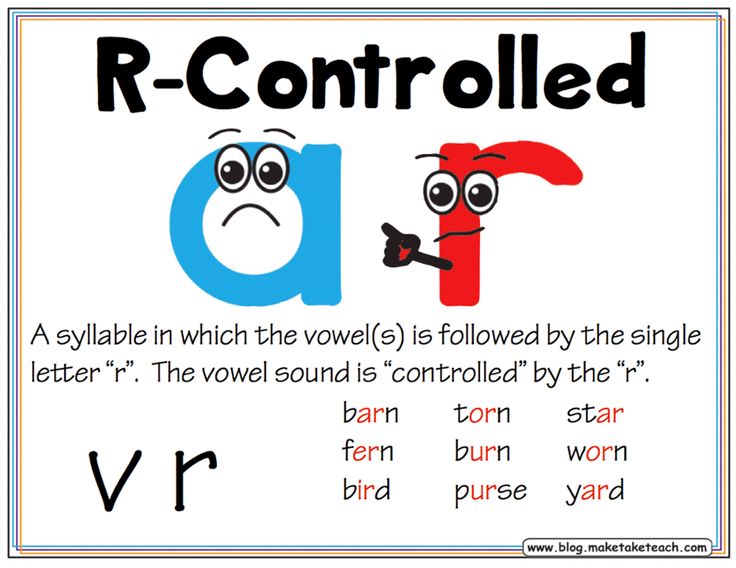 About whom and what can prickly be said about? fluffy ?
About whom and what can prickly be said about? fluffy ? - Make a sentence with any word. Write it down.
When learning a language, various difficulties can arise, in order to avoid them, one should distinguish between oral and written speech. In order to do this, it is necessary to determine what we call sound and what we mean by a letter, what are their differences.
Sounds are wave vibrations that we perceive with our ears. Among all sounds, we also catch sounds related to speech. We call them speech sounds. Such sounds differ in that they can form words.
Sound is what we call the smallest basic unit of sounding speech. Language units, such as a phoneme and a word, have a semantic meaning, but a sound does not carry any meaning. In other words, sound is the smallest indivisible unit of speech flow. Sounds vary:
- According to the method of formation - into vowels and consonants,
- voiced / deaf,
- softness / hardness.
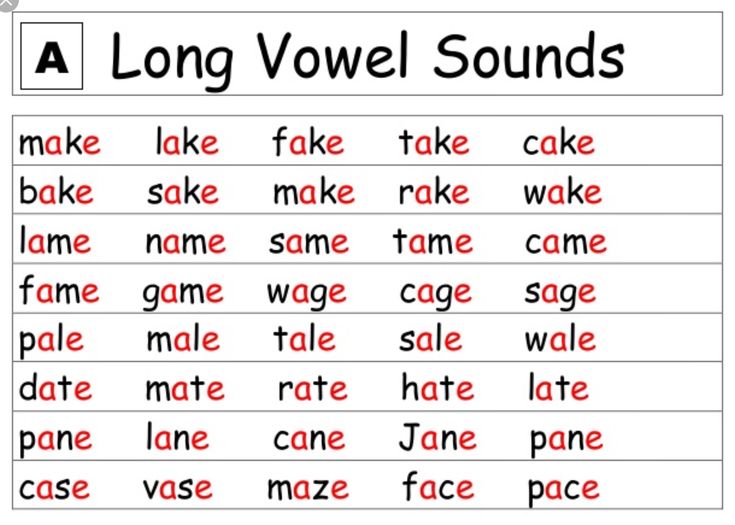
Sounds are divided (depending on the ratio of voice and noise in them):
- vowels [a], [o], [y], [i], [s], [e]- in such sounds, only the voice is involved in the formation
- consonants:
- voiced -
- sonorants – [m], [m"], [n], [n"], [l], [l"], [r], [r"], [th"]. These sounds are always voiced, unpaired. More voices when they are formed than noise
- noisy - [b], [b "], [c], [c"], [g], [g "], [d], [d "], [h], [h "], [ and] . Unlike sonorants, these sounds contain more noise than voices. These are paired sounds.
- noisy - [p], [p"], [f], [f"], [k], [k"], [t], [t"], [s], [s"] , [w], [u "], [x], [x "], [c], [h "] . Such sounds can only be produced with the help of noise.
In order to somehow indicate the sounds on the letter, letters were invented.
Letter is a character of any alphabet. This is a graphic sign with which the sounds of speech are indicated on the letter.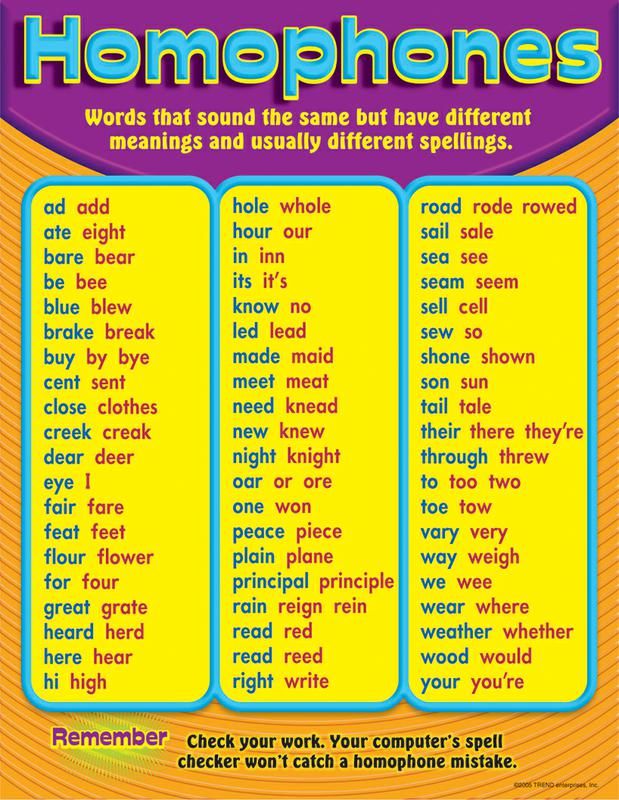 Sounds and letters may correspond in certain words, while in others such a coincidence may not be observed. There are 33 letters in our alphabet:
Sounds and letters may correspond in certain words, while in others such a coincidence may not be observed. There are 33 letters in our alphabet:
- 10 denote vowels - a, u, o, s, e, i, u, e, i, e.
- 21 letters denote a consonant sound - b, c, d, e, f, z, d, k, l, m, n, p, r, s, t, f, x, c, h, w, u.
- b, b - 2 letters in the alphabet that do not represent a sound.
These two concepts, "sound" and "letter", must not be confused. Words are distinguished by sounds, not letters. The letter cannot be spoken, but also heard. We attribute all these characteristics to sounds, they are sound units, letters belong to the alphabet. There are sounds in all existing languages, and in those that do not have a written language. It is the quality of the sound that determines the choice of letter.
The ratio of letters and sounds.
We call letters vowels or consonants, because they denote a vowel or consonant sound.